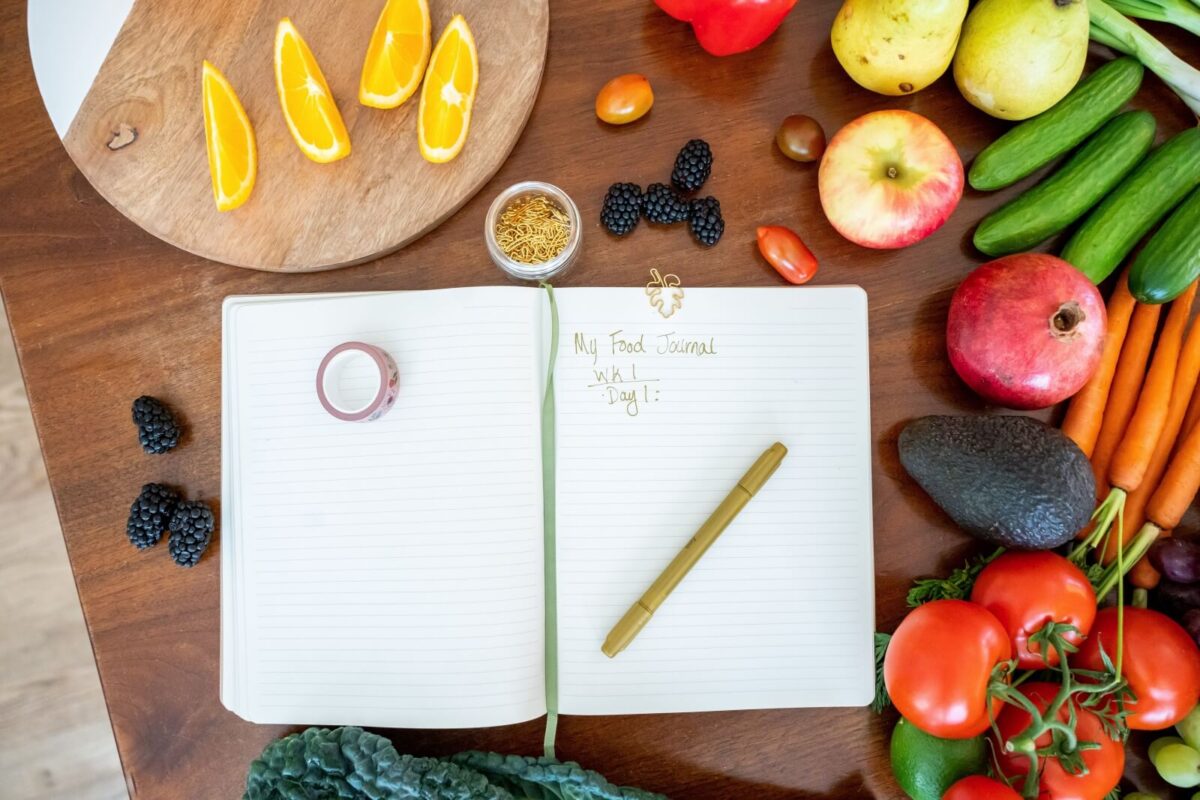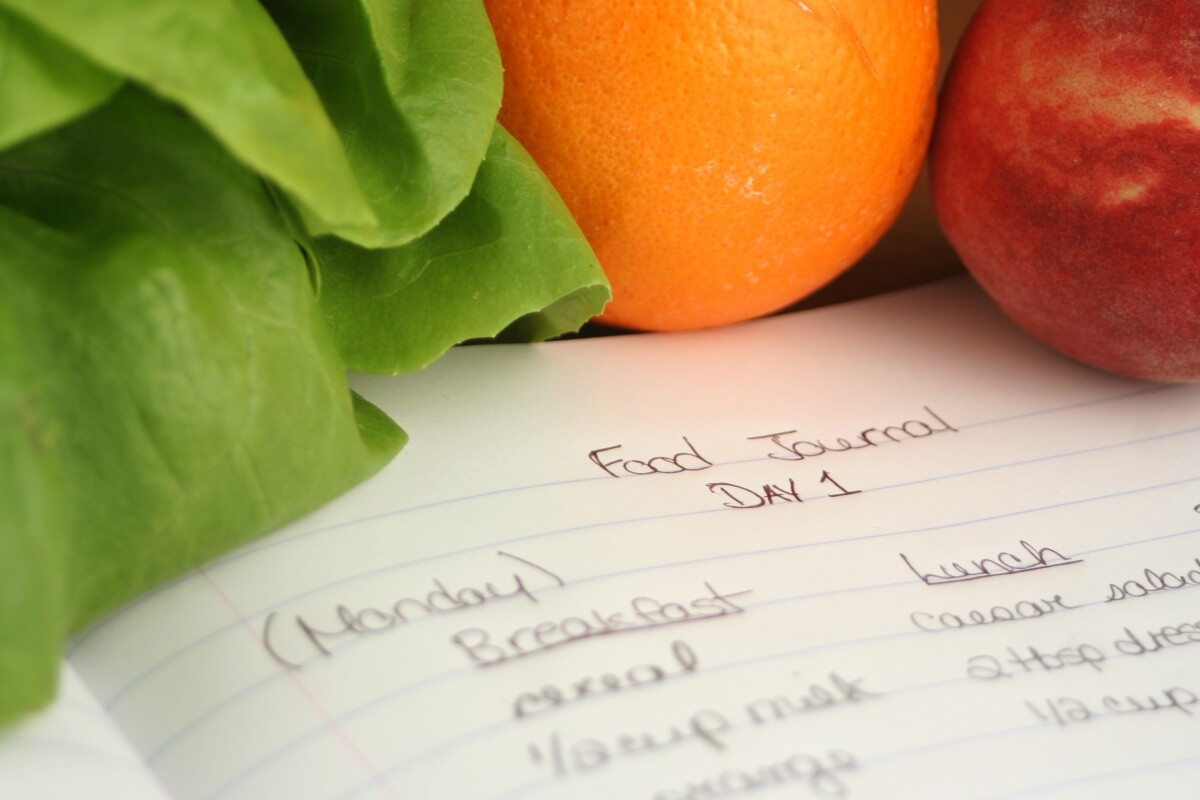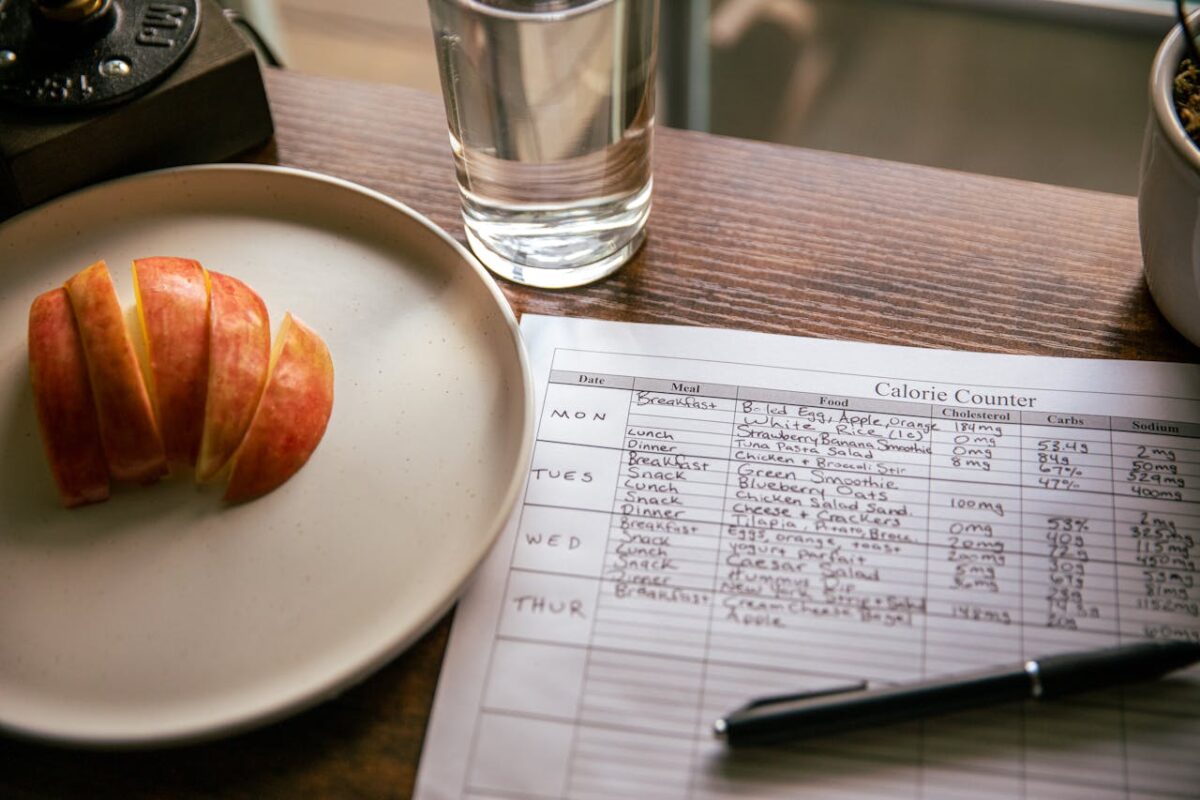How to Keep a Food Journal for Weight Loss

If you’re on a weight loss journey, a food journal can be one of the most effective tools in your arsenal. It’s not about being restrictive or obsessive—it’s about building awareness and helping you make more mindful food choices. Think of it as a way to help you better understand your eating habits, celebrate your wins, and identify areas for improvement.
Ready to get started? Here’s everything you need to know about keeping a food journal for weight loss and making it work for your lifestyle.
Benefits of Food Journaling
A food journal is more than just writing down what you eat.
Keeping a food journal can help you:
- Spot patterns: See how your eating habits affect your energy levels, mood, and cravings.
- Stay accountable: Knowing you’ll record your meals can help you make healthier decisions.
- Identify triggers: Pinpoint situations or emotions that lead to overeating or unhealthy choices.
- Track progress: Celebrate your small wins, like eating more veggies or cutting back on sugary snacks.
How to Start a Food Journal

Getting started is simple. You can use a paper diary, a food journal app, or even the notes section on your phone. Choose the method that feels easiest and most sustainable for you.
Here are the key steps:
1. Record Everything You Eat and Drink
Write down all meals, snacks, and beverages—even that handful of nuts or your morning coffee. Be honest with yourself; this is a no-judgment zone.
2. Note the Time
Recording when you eat can help you identify patterns. Are you skipping meals and snacking late at night? Are you eating out of boredom or actual hunger?
3. Include Portion Sizes
You don’t have to measure everything to the gram, but try to be as specific as possible. Instead of writing “chips,” write “1 cup of chips” or “10 tortilla chips.” Over time, you’ll get better at estimating food intake.
4. Track Your Mood and Energy Levels
Pay attention to how you feel before and after eating. Were you stressed, tired, or bored? Did that meal leave you energized or sluggish? Understanding the emotional and physical effects of food can be a game-changer.
5. Reflect on Hunger and Fullness
Rate your hunger on a scale of 1-10 before and after eating. This helps you tune into your body’s cues and avoid overeating.
Tips for Staying on Track

1. Be Consistent
Journaling is most effective when it’s done regularly. Try jotting your meals down as soon as you eat to avoid forgetting details.
2. Don’t Strive for Perfection
No one eats perfectly all the time. Your food journal isn’t about being flawless—it’s about understanding your habits and making changes.
3. Use Your Journal to Set Goals
Review your entries each week and set realistic goals. Maybe you want to eat more veggies or other certain foods, drink more water, or cut back on sugary snacks.
4. Look for Patterns, Not Problems
Instead of focusing on “bad” foods or meals, notice patterns. Are you skipping breakfast and overeating at lunch? Are you snacking mindlessly in the evenings? Use these insights to guide your next steps.
5. Celebrate Your Wins
Did you make a healthy swap or stick to your goals? Write it down! Acknowledging progress helps you stay motivated and makes you more likely to keep track of what you eat consistently.
Food Journal Example
Here’s a sample entry to inspire you:
- Breakfast (8:00 AM): 1 slice of whole-grain toast with avocado and 1 boiled egg.
- Portion size: 1 slice of toast, 1/2 avocado, 1 egg.
- Mood before eating: Hungry but calm.
- Mood after eating: Satisfied and energized.
- Snack (10:30 AM): 1 banana and a handful of almonds.
- Portion size: 1 medium banana, 10 almonds.
- Mood before eating: A little hungry, needed a boost.
- Mood after eating: Satisfied.
- Lunch (12:30 PM): Grilled chicken salad with mixed greens, cherry tomatoes, cucumber, and balsamic dressing.
- Portion size: 3 oz chicken, 2 cups greens, 1 tbsp dressing.
- Mood before eating: Hungry.
- Mood after eating: Full and focused.
Final Thoughts
Keeping a food diary for weight loss doesn’t have to be complicated or time-consuming. It’s a simple, powerful tool to help you understand your habits and make positive changes. Take it one day at a time, and remember that small, consistent steps lead to big results.
You’ve got this! Start your food journal today and discover how it can transform your journey toward health and wellness.


